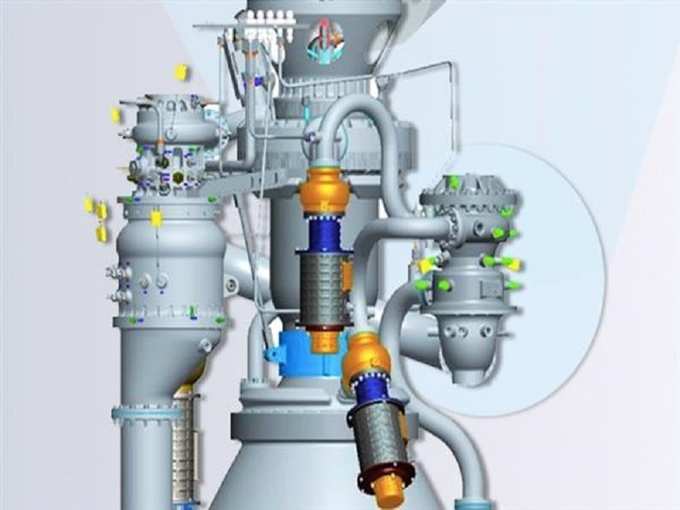
A 3D printed rocket engine fuel pump with liquid methane has been successfully tested by
"This is one of the most complex rocket parts NASA has ever tested with liquid methane, a propellant that would work well for fuelling Mars landers and other spacecraft," said Mary Beth Koelbl, manager of the Propulsions Systems Department at NASA's Marshall Space Flight Centre in US.
"Additive manufacturing, or
As per reports, a turbopump is complex mainly because of the turbines that spin fast to drive the pump, thus supplying fuel to the engine.
It was during the full power test that these turbines generated 600 hp and the fuel pump got its "heartbeat" racing at more than 36,000 RPMs, thus delivering 600 gallons of semi-cryogenic liquid methane per minute. This supply is enough to fuel an engine producing over 22,500 pounds of thrust.
"By demonstrating the same turbopump can work with different fuels, we've shown that a common design would work for either engines fuelled by methane or hydrogen," said Marty Calvert, the Marshall engineer who designed the turbopump.
"Because liquid methane is much more dense than hydrogen, it requires the turbopump to spin at a different speed to deliver the same amount of mass flow to the engine," said Calvert.
By this type of testing, NASA ensures that 3D printed parts operate successfully under conditions that are made to be similar to those in landers, ascent vehicles and other space vehicles.
"Additive manufacturing allowed us to build the turbopump with 45 per cent fewer parts," said Nick Case, the Marshall propulsion engineer who led the testing.
"Our next step will be to test the liquid methane turbopump with other 3D printed engine components in a similar configuration to the liquid hydrogen tests completed last year," said Case.
Image source